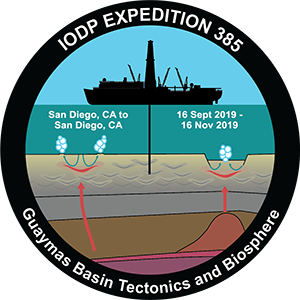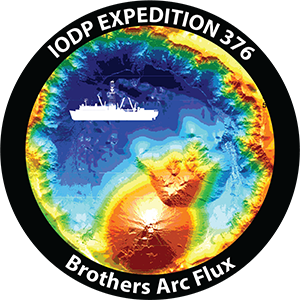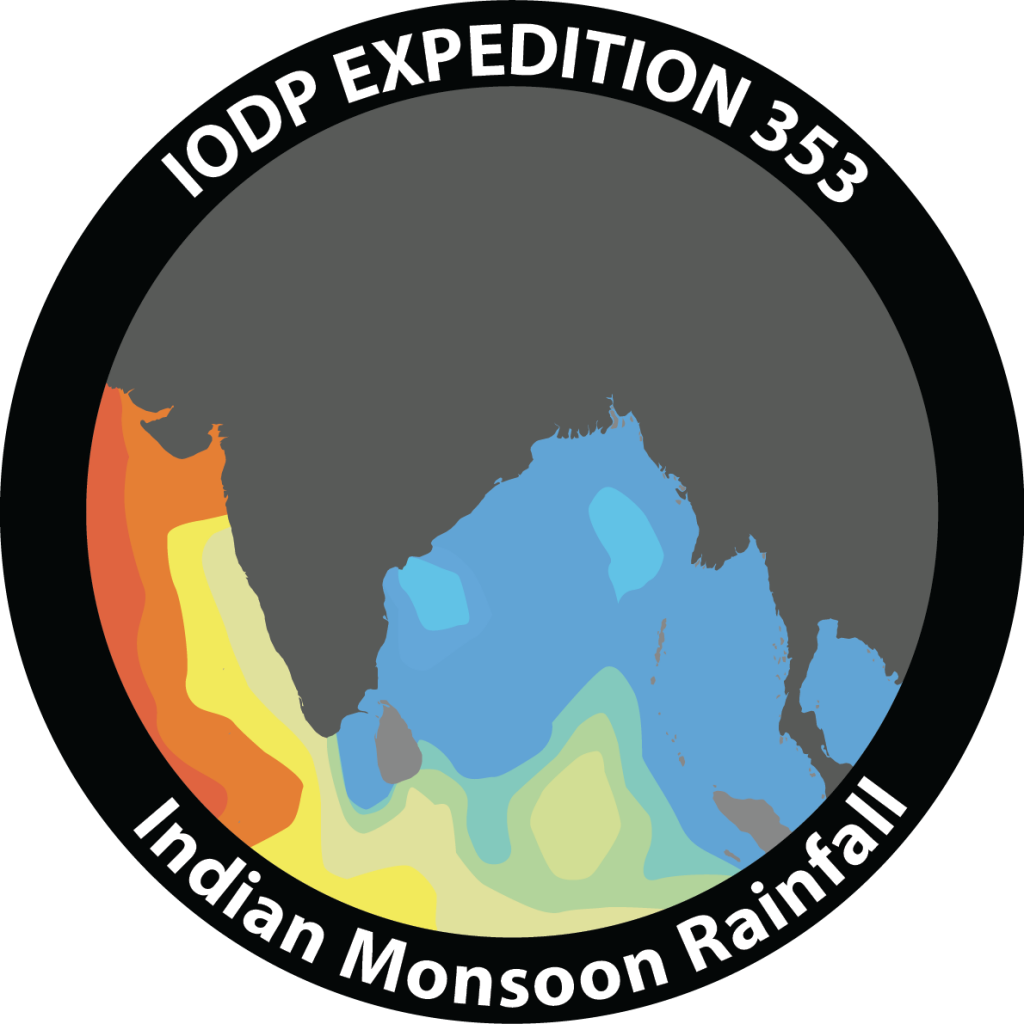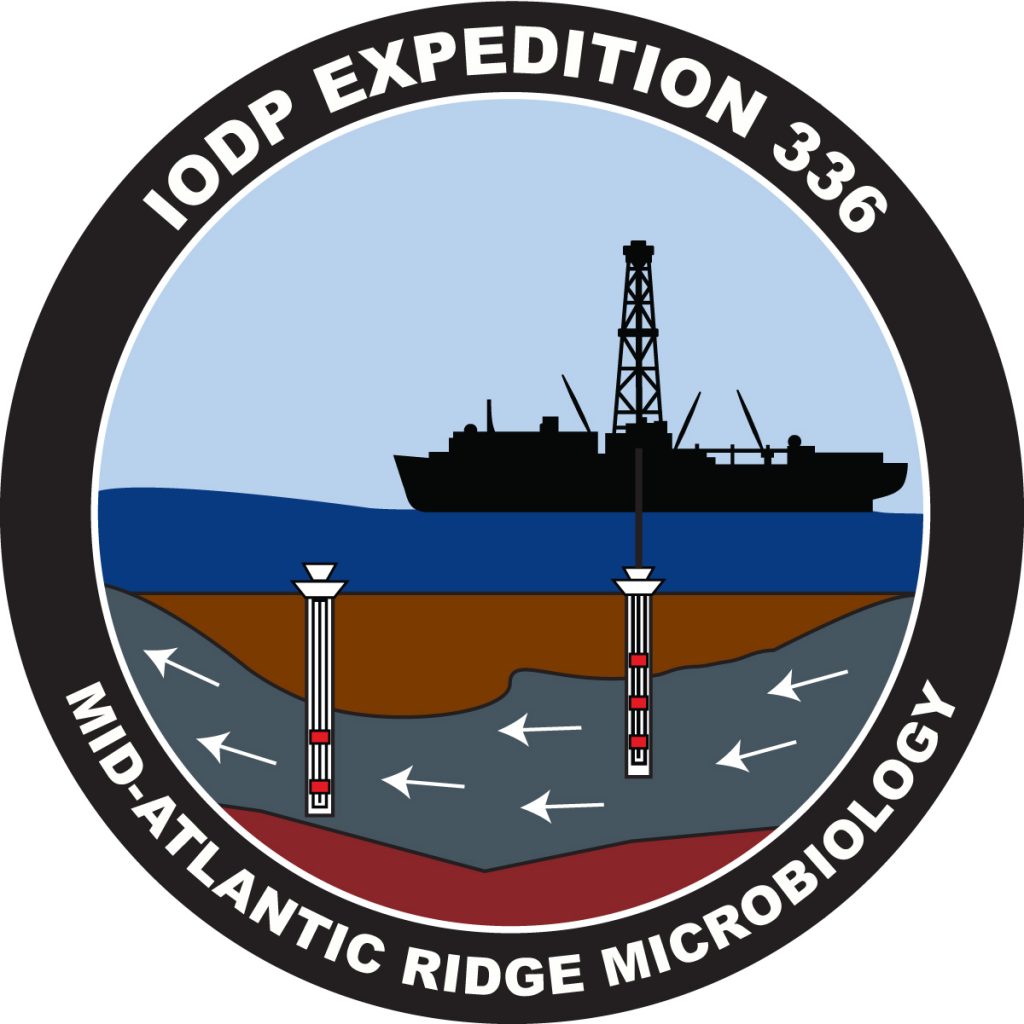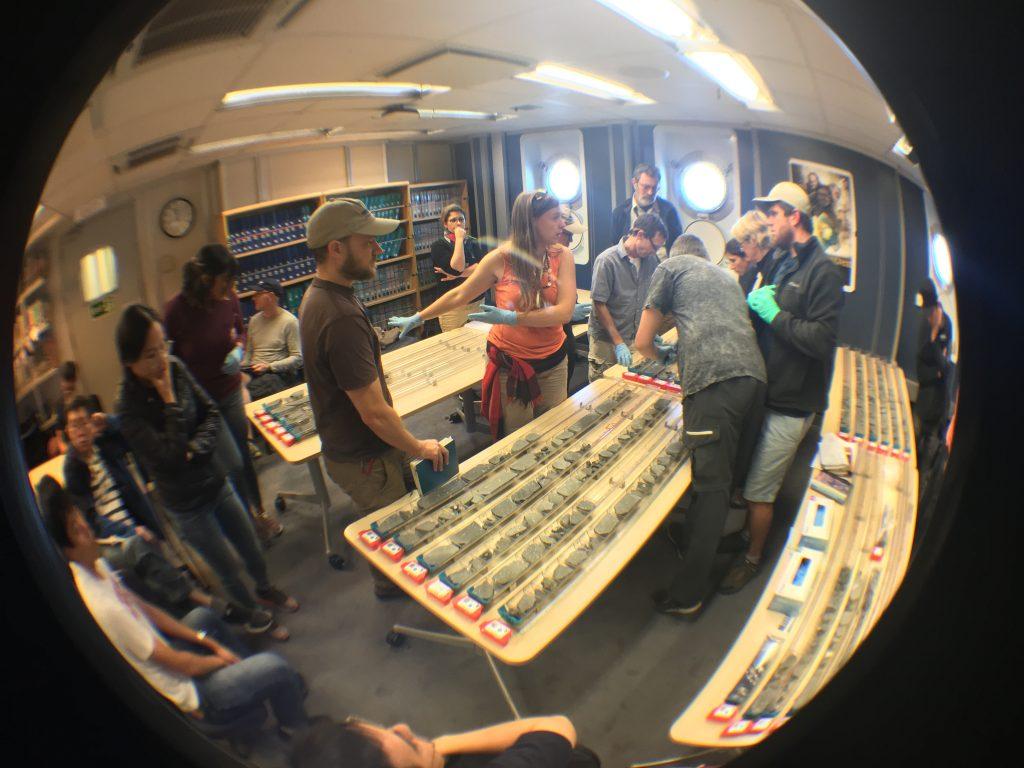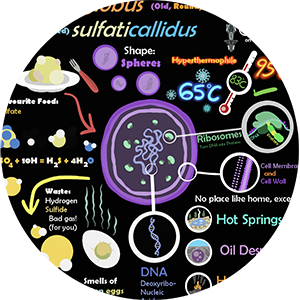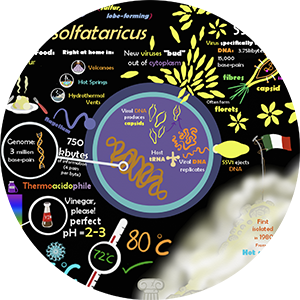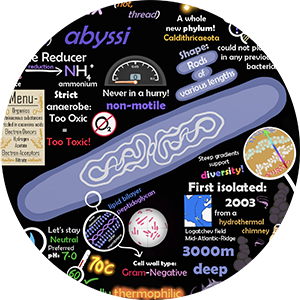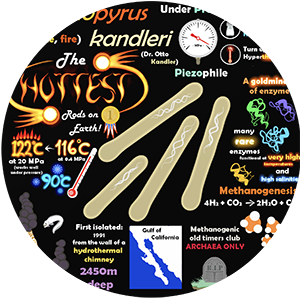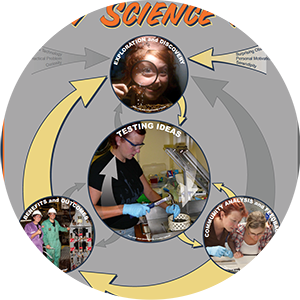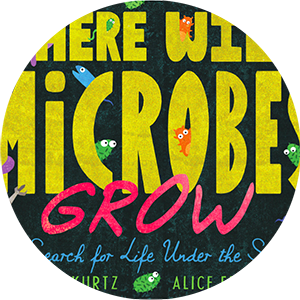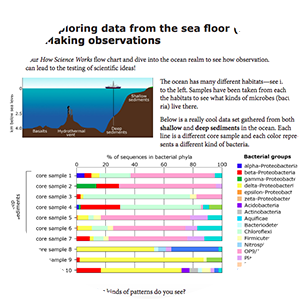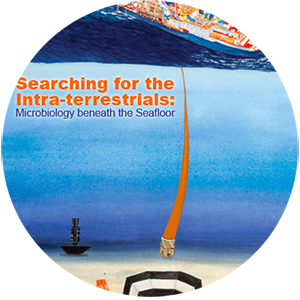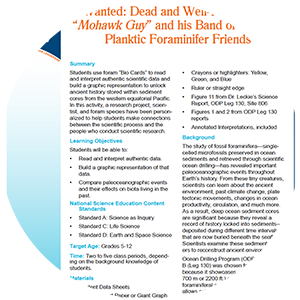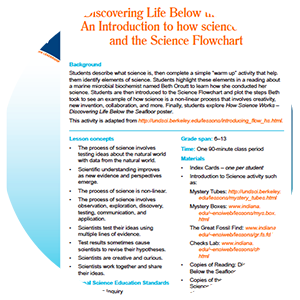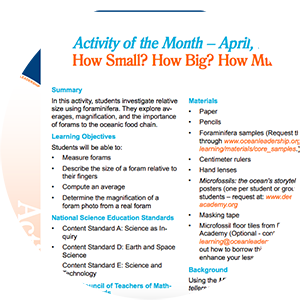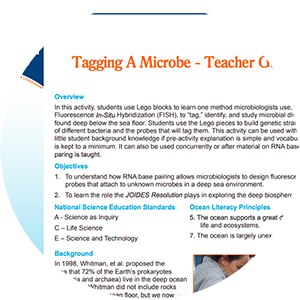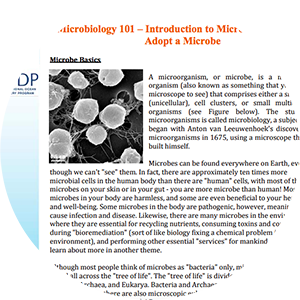Microbiology Expeditions
Guaymas Basin Tectonics and Biosphere
Scientists in Expedition 385 will explore the intricate processes that arise in the Guaymas Basin.
Amundsen Sea West Antarctic Ice Sheet History
A team of 116 ship crew, scientists, technicians, and communicators takes to the Amundsen Sea, Antarctica’s fastest-warming sea, aboard the JOIDES Resolution. Over the course of their two-month mission, they plan to drill at least five sites beneath the seabed and bring home sediment samples that are millions of years old, in order to recreate the history of the West Antarctic Ice Sheet (WAIS).
Brothers Arc Flux
Expedition 376 will study submarine hydrothermal systems at the Brothers Volcano in the Kermadec-Tonga Arc.
Indian Monsoon
By studying the foraminifera in the sediment, scientists uncovered the mysteries of the past climate and changes in monsoon activity.
Mid-Atlantic Ridge Microbiology
By installing three subseafloor observatories (“CORKs”) into the ocean crust, IODP scientists gained new information that help to understand what life is like below the ocean floor.
South Pacific Gyre Microbiology
Scientists penetrated a total of 630 m at seven different drill sites to define the physical and chemical limits of subseafloor microbial life in tectonic and oceanographic settings not yet explored.
Juan de Fuca Hydrogeology
An international education and outreach program developed tools and techniques that facilitate the communication of exciting scientific drilling results to a broad audience, built educational curricula, and created media products that will help achieve critical outreach goals.
Microbiology News
Classroom Activities About Microbiology
- All
- Drilling
- Education
- History of Earth
- Just for Kids
- Microbes
- Microfossils
- Physcial Properties
- Technology
- Volcanoes
Exploring Seafloor Data
Present students with this data set of microbial phyla from the deep biosphere and guide them to identify patterns then form and test multiple hypotheses about the questions they generate. Then they reflect on the elements of "doing science" they experienced and use the Science Flow Chart to document the process they engaged in and share what they would do next.
Searching Microbes beneath the Seafloor Poster
The artwork on this poster depicts research on microbe diversity in the deep biosphere. The activity on the back utilizes Lego blocks to model a method microbiologists use, called Fluorescence In-Situ Hybridization (FISH), to “tag,” identify, and study microbial diversity deep below the sea floor.
It’s Sedimentary, My Dear Watson
We made an updated version of this lesson! Check out Digging Deep for Evidence of Changes on Earth.
Discovering Life Below the Sea Floor
Students highlight these elements in a reading about a marine microbial biochemist named Beth Orcutt to learn how she conducted her science. Students are then introduced to the Science Flowchart and plot the steps Beth took to see an example of how science is a non-linear process that involves creativity, new invention, collaboration, and more.
Tagging a Microbe
In this activity, students use Lego blocks to learn one method microbiologists use, called Fluorescence In-Situ Hybridization (FISH), to “tag,” identify, and study microbial diversity found deep below the sea floor. Students use the Lego pieces to build genetic strands of different bacteria and the probes that will tag them.
